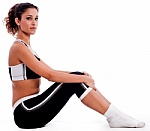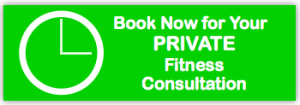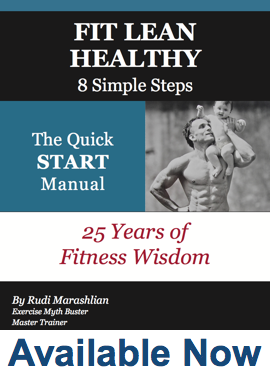Posture is defined as skeletal and muscular balance of the body that allows it to move in certain ways and stay in certain positions without causing it injury. It has been found that misaligned skeletal framework of a body (most importantly the spine) can cause a multitude of health problems. The largest of these problems would be the obstruction of messages from the nervous system to other parts of the body, since the spine is necessary in order to get messages to and from the brain. This is a huge concern as the nervous system plays a large part in regulating the other systems of the body.
The most common form of poor posture is forward-head posture (FHP). People generally develop this misalignment by sitting at a desk for too long, driving, playing video games and so on. If parts of the body are out of their optimal alignment for too long, the muscles begin to adapt by either shortening or lengthening. This results in muscle imbalances and can create problems with nerve tissue. FHP, specifically, has been shown to cause restricted motion of the neck and cause chronic neck pain.
When having poor posture in general, the body is balanced less efficiently. This causes an undesirable effect on how well the body moves. It has been shown that poor posture causes unnecessary pain during pregnancy and is also associated with increased falls in elderly people.[1]
From the above you can see why having optimal posture is so important. But what exactly is optimal posture? Optimal posture consists of keeping your head neutral, no forward of backward tilt, having a slight curve in your spine, and keeping your shoulders down and back, not slumped forward and not pulled unnaturally too far back.
Having good posture is important at all stages of a person’s life. Make sure that you keep your head neutral and shoulders aligned properly and you will not only reap the benefits of good posture but you will also train your muscles to stay in the correct position to hold your skeleton together properly well into old age.
[1] Idea Fitness Journal, pg 47.




Hello! I just would like to give a huge thumbs up for the great information you have here on this post. I will be coming back to your blog for more soon.